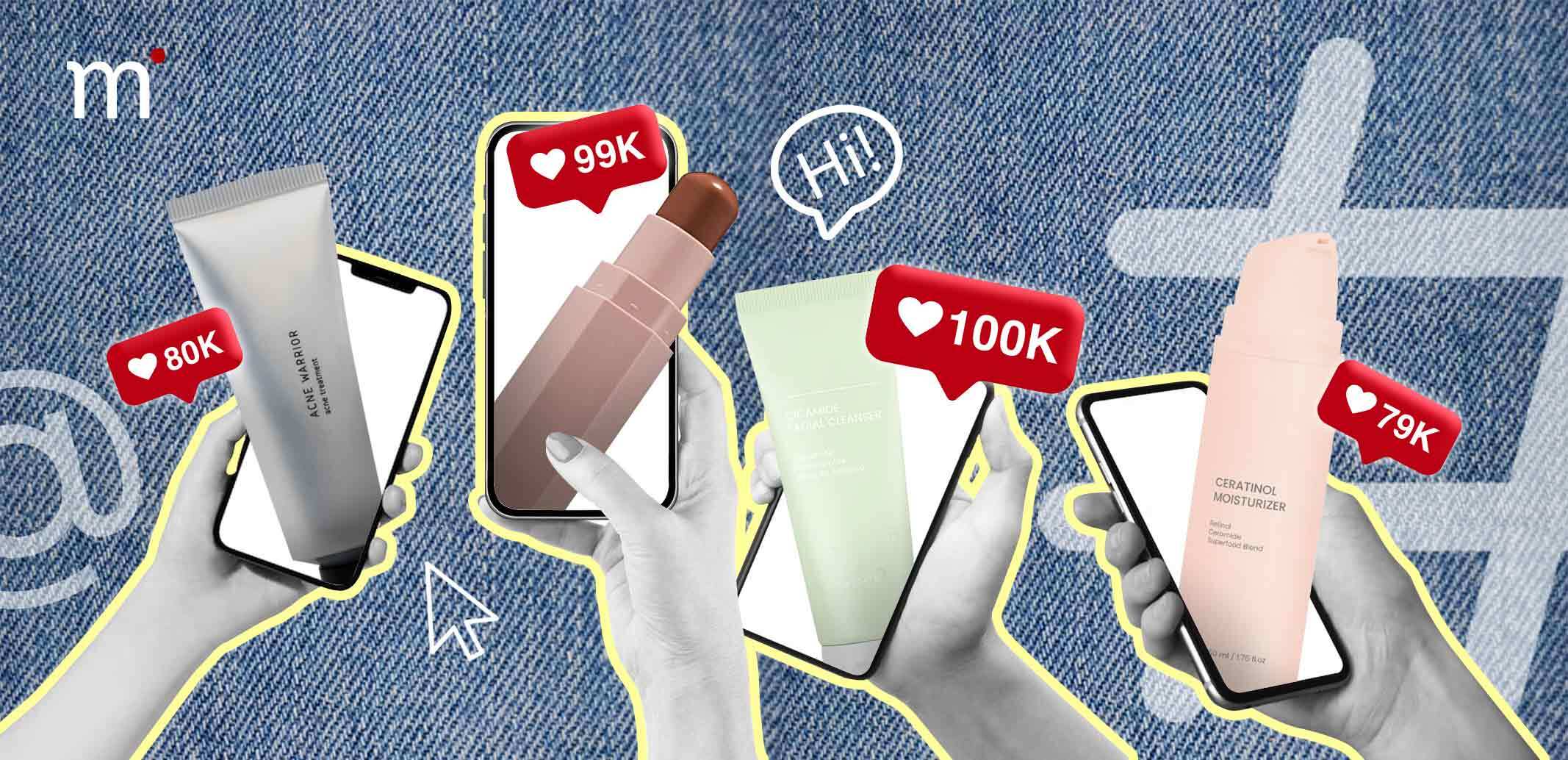
Micro-Influencers for Brand Awareness
19 September 24
In today's massive digital era, influencers have the power to shape audience perceptions while creating and delivering impactful messages for brands. There are various types of influencers based on their follower count, which in turn determines their rates and the scale of their impact. These include mega-influencers with a minimum of 1 million followers, macro-influencers with a minimum of 100,000 followers, and micro-influencers with a minimum of 10,000 followers.
Currently, brands are increasingly interested in micro-influencers because of their strong engagement despite the smaller follower range. Micro-influencers are particularly effective in increasing awareness for newly established brands due to their ability to foster trust and connect deeply with niche audiences.
The beauty industry benefits significantly from micro-influencers because they often produce visually appealing content that showcases products in a captivating way. In a competitive landscape like the beauty industry, a smart strategy is essential, and leveraging micro-influencers is one of the keys to success. Micro-influencers are often more relatable and trustworthy, bringing their personal characteristics into the mix, which in turn creates higher engagement and connects with a targeted audience.
A skincare brand called Skingame has successfully attracted a specific audience—those struggling with acne. In addition to selling the right products, they spread awareness about how to maintain healthy skin by working with micro-influencers who share similar skincare challenges. As Skingame has gained greater exposure, they have also built a community of "acne fighters" and established themselves as specialists in acne skincare.
Fenty Beauty, a cosmetic brand owned by Rihanna, showcases how diversity in influencer marketing can benefit a brand. They work with a mix of micro- and macro-influencers from various backgrounds and with unique physical appearances to embrace diversity within their audience. Fenty’s wide range of foundation shades caters to people of many skin tones, and by collaborating with influencers who embody this diversity, the brand has been able to engage more personally with millennials and Gen Z consumers, further enhancing its core message of inclusivity.
Another skincare brand, The Originote, became well-known for its affordable gel moisturizer, largely thanks to micro-influencers who highlighted the product’s unique selling points on social media. Through "Get Ready With Me" content, micro-influencers created authentic, soft-sell stories that resonated with their audiences, generating buzz for the product. This approach not only led to greater awareness but also significantly increased engagement and demand. As a result of this social media hype, The Originote expanded its product line to include face masks, lip care, and face cushions.
When it comes to raising brand awareness, micro-influencers are an excellent starting point to boost your brand. Instead of focusing solely on their follower count, you can begin by identifying the micro-influencers whose personas align with your brand. In this case, micro-influencers offer a cost-effective option. You can also develop a brief for them to create various types of content—whether it’s a video review, giveaway, or a day-in-my-life story—tailored to their unique style. If possible, consider requesting organic content to better engage potential loyal customers. To get to know more about the effective use of micro-influencers, connect with brand consultants like Milestone and get comprehensive findings to choose the right strategy for your branding.